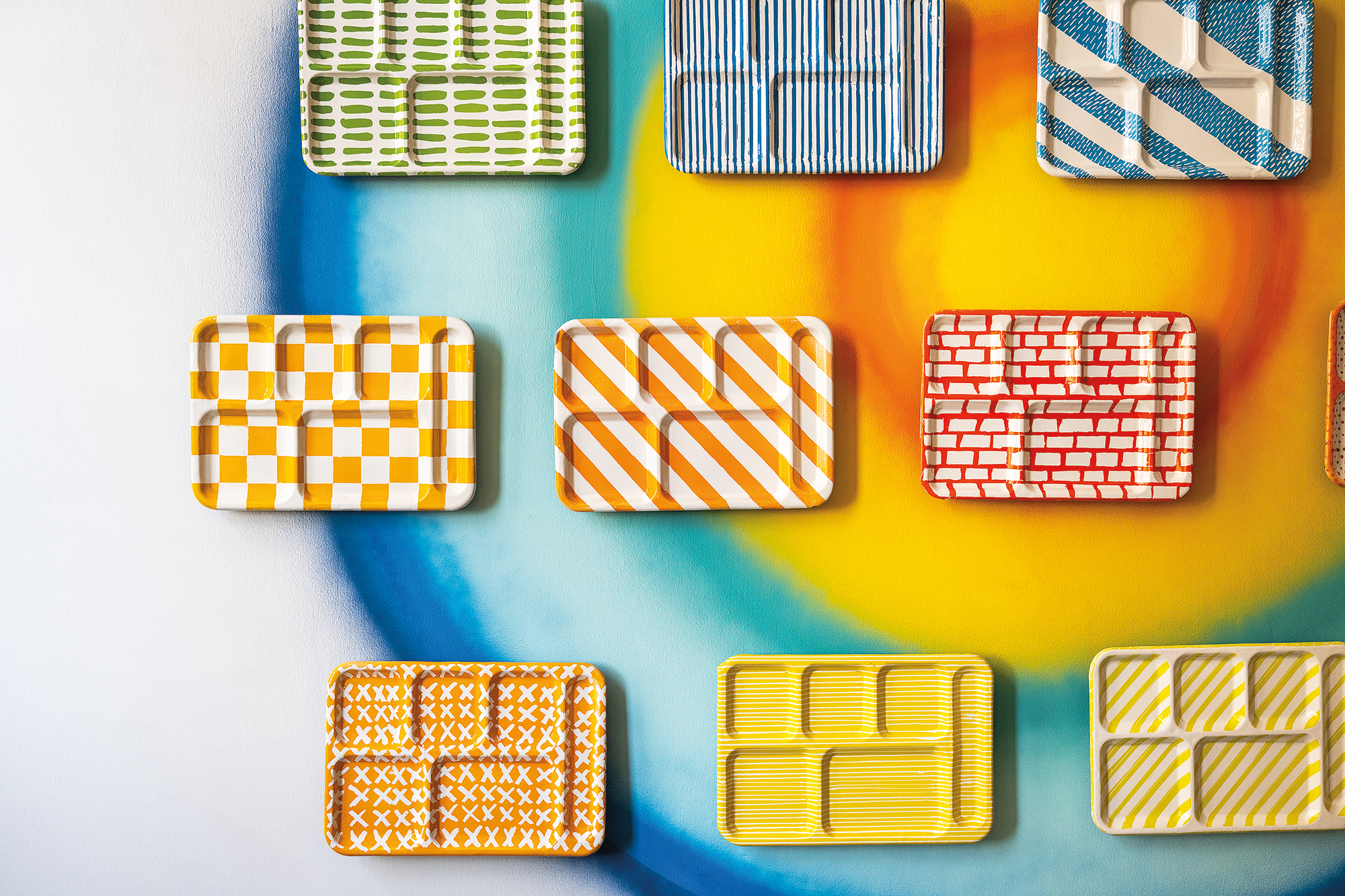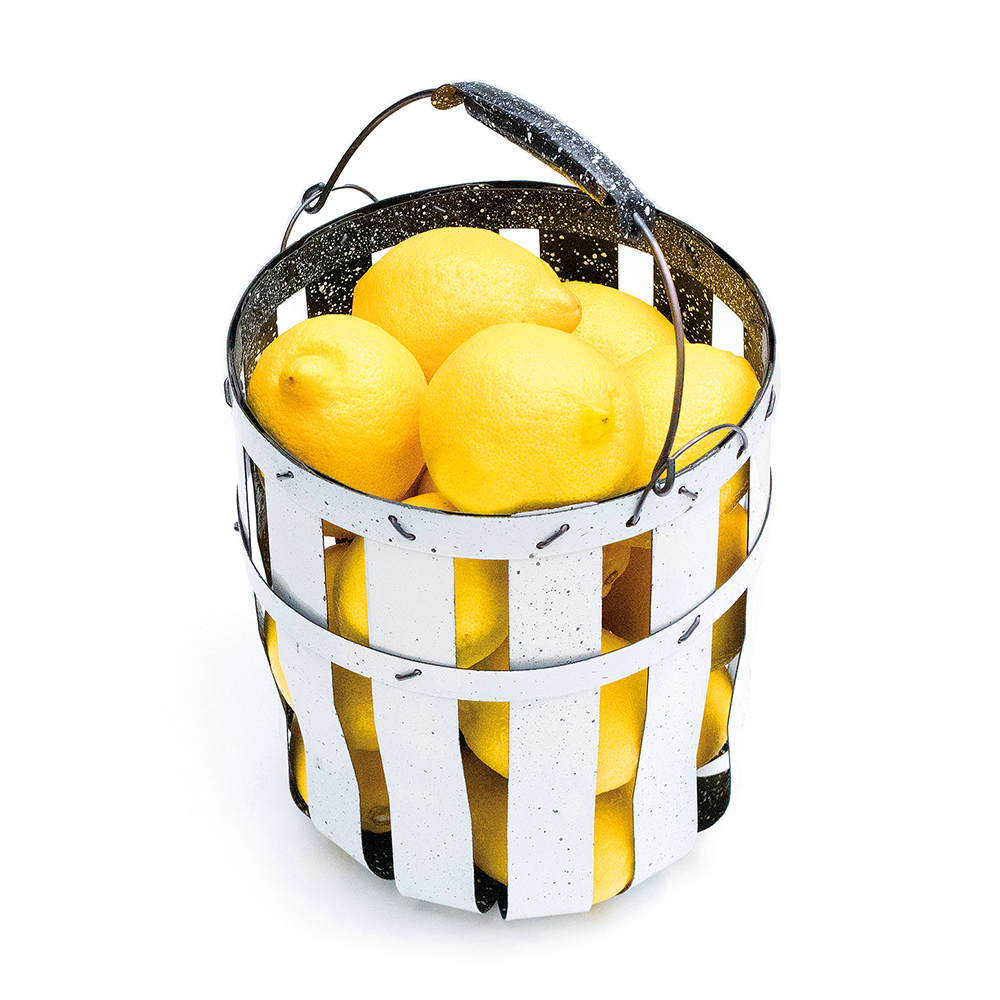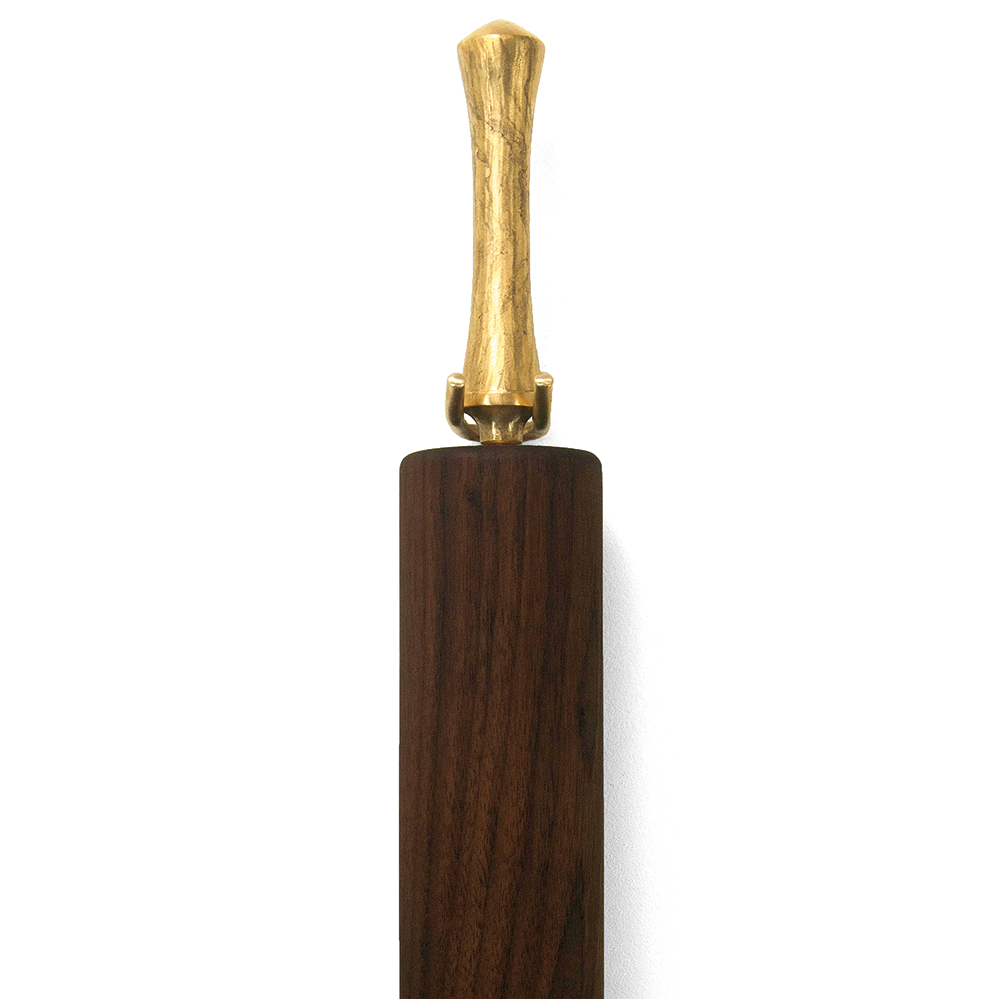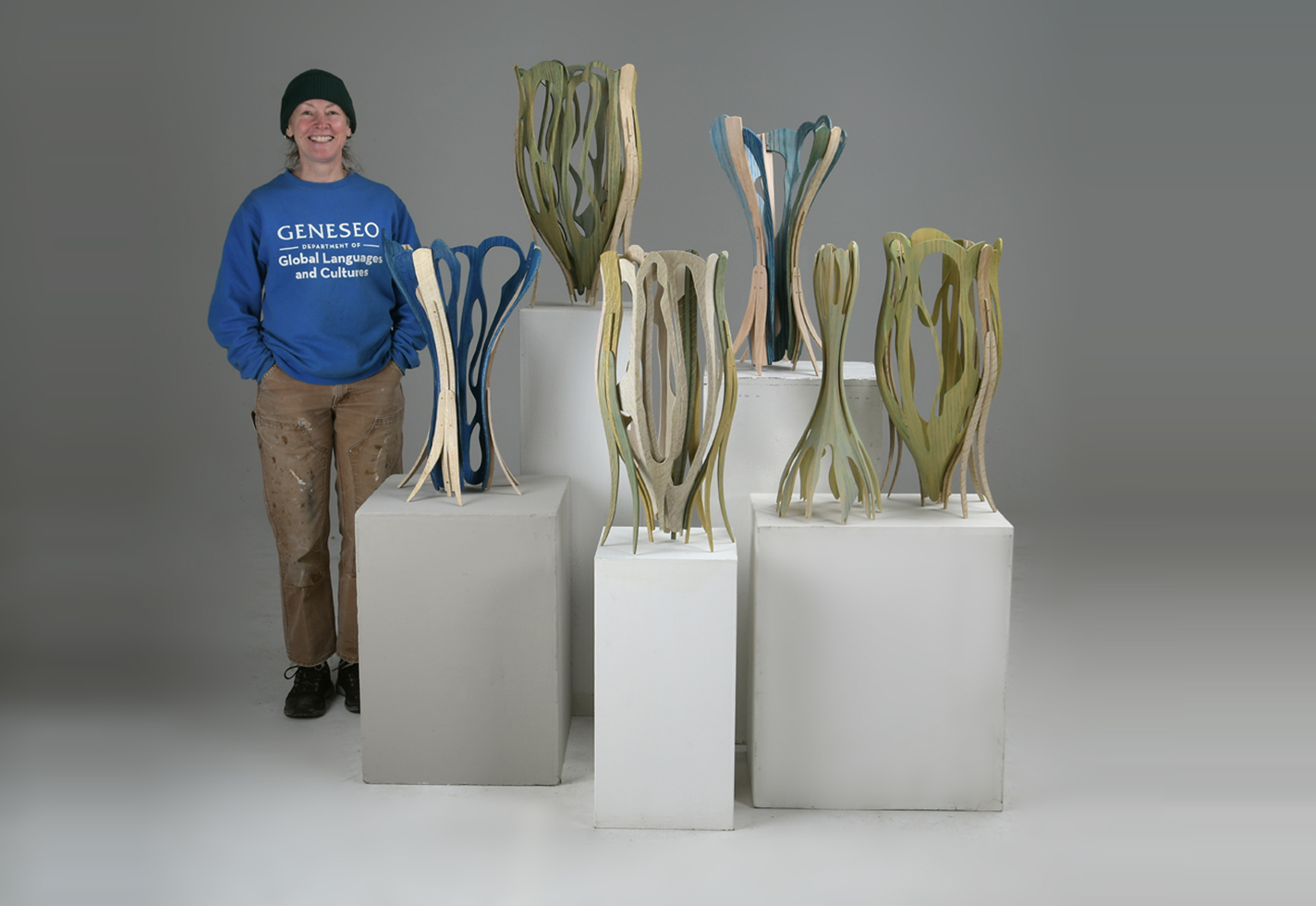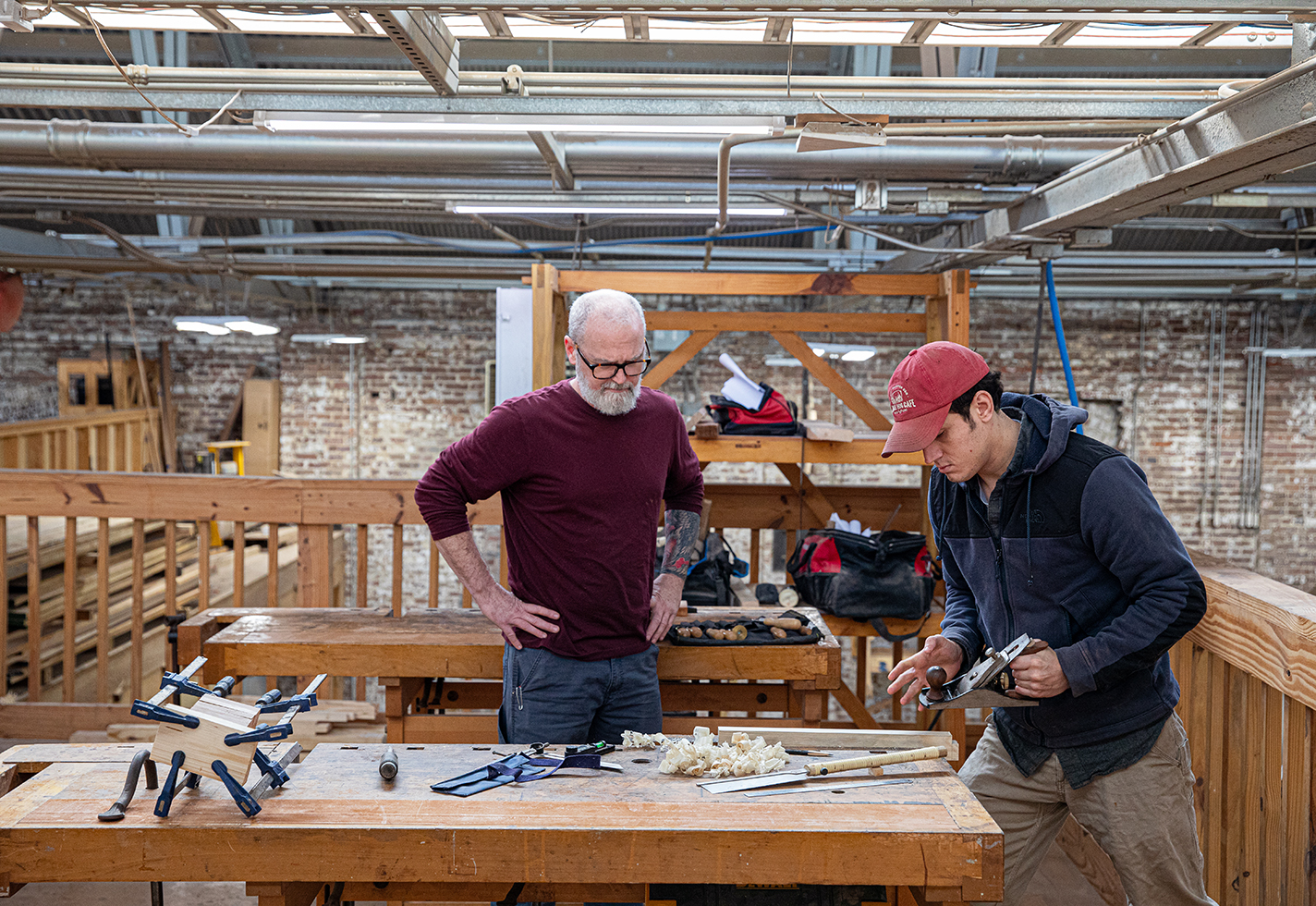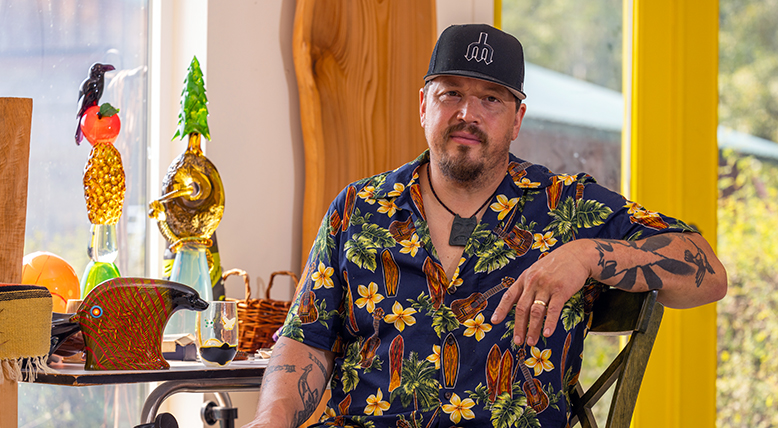Growing up near Fond du Lac, Wisconsin, metalworker Rachel Kedinger’s playground was her father’s auto salvage yard, a wonderland of old automobiles, train cars, and machinery. “It was like a big jungle gym of metalwork,” the 35-year-old recalls. “Those objects were my treehouse.”
Despite the wealth of materials on her doorstep, Kedinger didn’t pick up a blowtorch until she went to college. And even then, it was by happenstance: “I was looking at the list of degrees, and there was one in jewelry and metalsmithing and art. Whether it was intuition or just luck, I signed up.”
Kedinger now lives in Philadelphia, making and selling an array of home goods, including brightly patterned enameled lunch trays, steel gardening and hand tools, and brass flatware. While her objects could easily double as display pieces, for Kedinger the real magic of making is in utility. “To me, there’s no point in having it if you’re not going to use it—using art is the best part!” she says.
The decisions guiding Kedinger’s artistic practice are equally pragmatic. In 2019, after working for a local blacksmith for a year (“heavy forging in 90-degree weather”), she pivoted to smaller projects, like the trays, baskets, and plates she’s known for today. For Kedinger, these objects were not only less physically demanding to make, but also allowed for an ideal combination of timeless popularity and creative challenge.
“My downstairs neighbors have an enormous collection of enamel plateware. When I saw that, I immediately thought, ‘Oh, that’s hard, [and] people buy it,’” she says, laughing. She also recalled her grandmother’s love of enamelware. “Growing up, my grandma had all these enamel pots and pans she didn’t cook with. She just used them around the yard to water plants. It wasn’t what they were originally intended for, but they were still special objects.”
Kedinger aims to imbue every piece she makes with ageless visual appeal. “When I’m designing, I look back to vintage or antique objects I picture in my mind from junkyards or my grandparents’ houses,” she says. “Metalwork, in general, should aim to be somewhat timeless. This allows [the pieces] to fit into various design aesthetics and be more accessible to people.”
Considering salability and utility didn’t always come naturally to Kedinger. She credits an experience during a fellowship at the Penland School of Craft, from 2016 to 2018, with building those skills. “Our weekly stipend was very small, but they gave us the opportunity to sell our work in the coffee shop there for 100 percent commission,” she explains. “That was a huge motivator for me—I realized I needed to make things that sell, and make them well.”
In a full-circle moment, Kedinger will return to Penland this coming summer to teach a two-week class on custom home decor. While her students likely won’t have to sell their work to customers, it’s guaranteed she will push them to balance beauty and utility in everything they make.
Storyteller Anitra Budd is a Minneapolis-based consultant, speaker, copywriter, and editor.
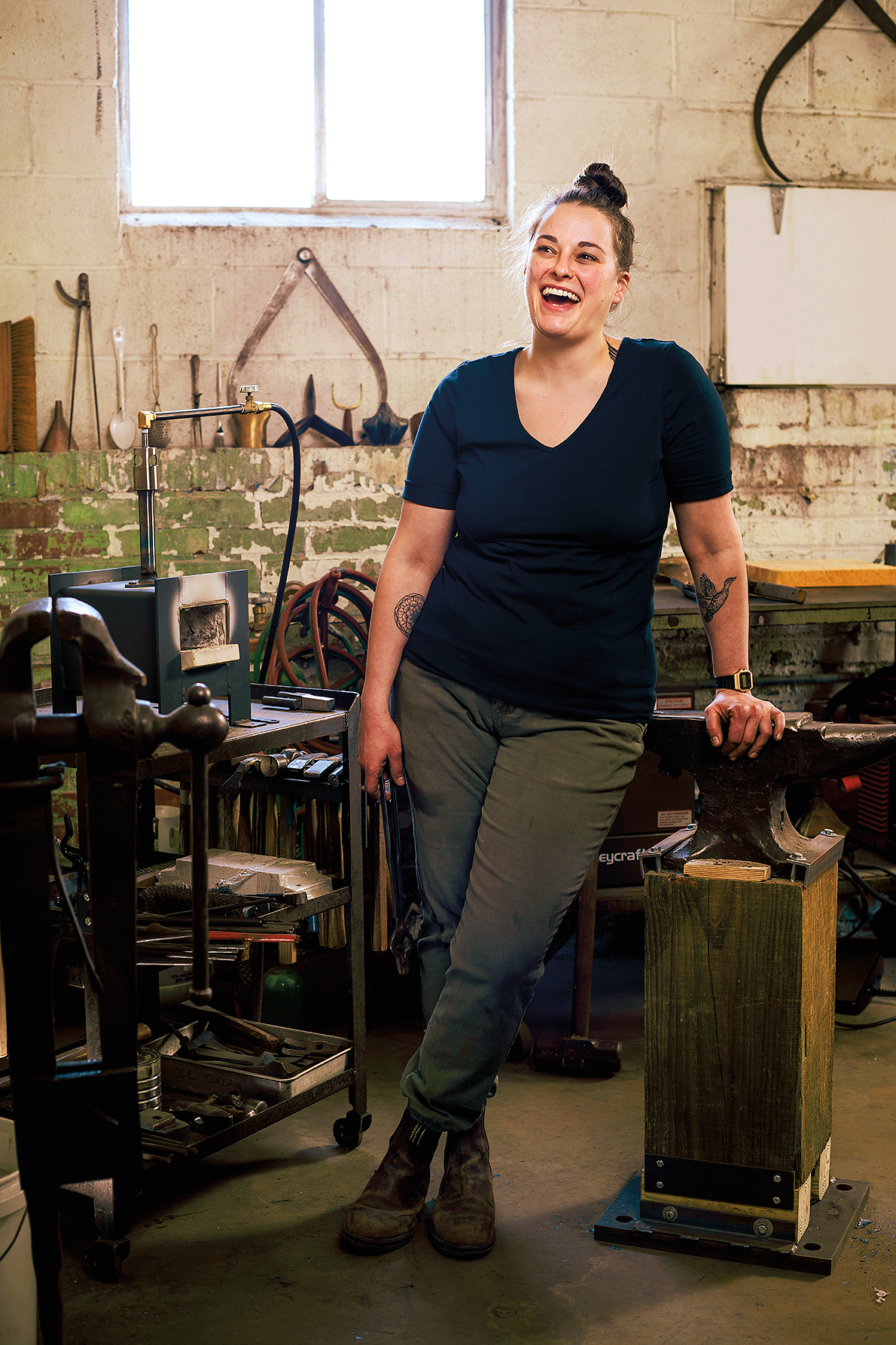
Kedinger in her Philadelphia studio.
